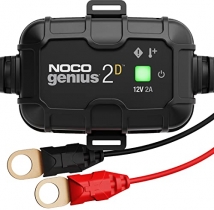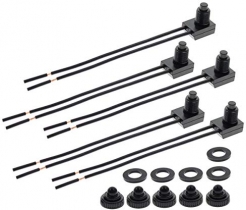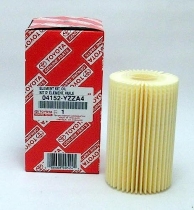-
Welcome to Tundras.com!
You are currently viewing as a guest! To get full-access, you need to register for a FREE account.
As a registered member, you’ll be able to:- Participate in all Tundra discussion topics
- Transfer over your build thread from a different forum to this one
- Communicate privately with other Tundra owners from around the world
- Post your own photos in our Members Gallery
- Access all special features of the site
Anitfreeze Reservior
Discussion in 'General Tundra Discussion' started by multirc, Feb 21, 2019.
Page 2 of 2
Page 2 of 2


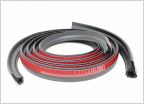 I ive on a dusty gravel road... What is everyone's favorite big storage boxes for the bed?
I ive on a dusty gravel road... What is everyone's favorite big storage boxes for the bed?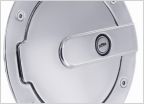 DIY: Installing Lockable Fuel Door "CHROME"
DIY: Installing Lockable Fuel Door "CHROME"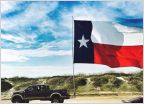 For those with flags on their trucks
For those with flags on their trucks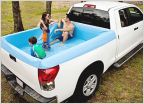 Who has a truck bed pool?
Who has a truck bed pool?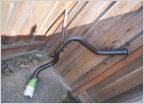 Shadow Chrome
Shadow Chrome